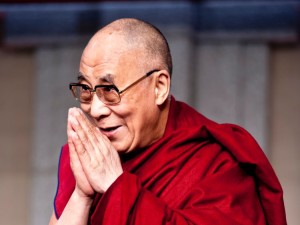
Why Spiritual Teachers are Important
Someone once asked the Dalai Lama if it was necessary to have a guru or spiritual teacher. He said, “no, it’s not necessary, but it can save you a lot of time.”
Over my years of diving deep into Yoga & Buddhism, dabbling in several other traditions, and conversing with hundreds of other seekers, I’ve come to strongly agree with the Dalia Lama’s quote.
While the deepest truth is always inside us, a teacher helps point the way when we’re uncertain or stagnated, and likewise inspires or nudges us to keep on going forward.
Having a good teacher is considerably more effective than doing it alone.
However, a bad teacher can leave us the same or even worse than when we started.
In extreme cases, this might be the guru who sleeps with their students against their will. In lighter cases, perhaps they just lead use to a false finish line, where we think we’ve “got it all figured out,” but are actually quite off course. In other words, since it’s really helpful to have a good teacher, an essential question is:
How to evaluate a spiritual teacher?
The rest of this guide will break this question down into four major components. Here’s the outline:
1) Ethics, Integrity & Accountability
2) Way of Being (and a story)
3) Accessibility (and how communities can be teachers)
4) Their Actual Teachings
5) Conclusion
Note: for me, “a spiritual teacher” isn’t anything mystical or fancy; it’s simply a guide, mentor, or anyone who helps us into a deeper experience of what life is all about. Continue reading
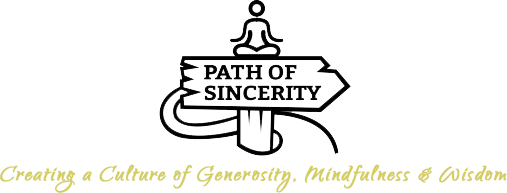
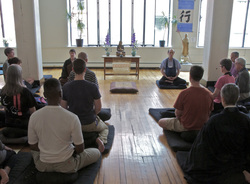
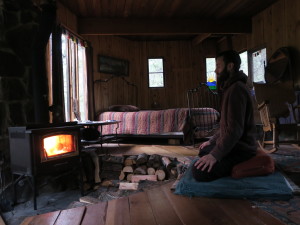


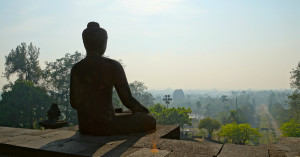
 One of the most common challenges for new meditators is getting sleepy, or actually falling asleep while meditating.
One of the most common challenges for new meditators is getting sleepy, or actually falling asleep while meditating. 

 There are two basic ways to practice eating meditation.
There are two basic ways to practice eating meditation.